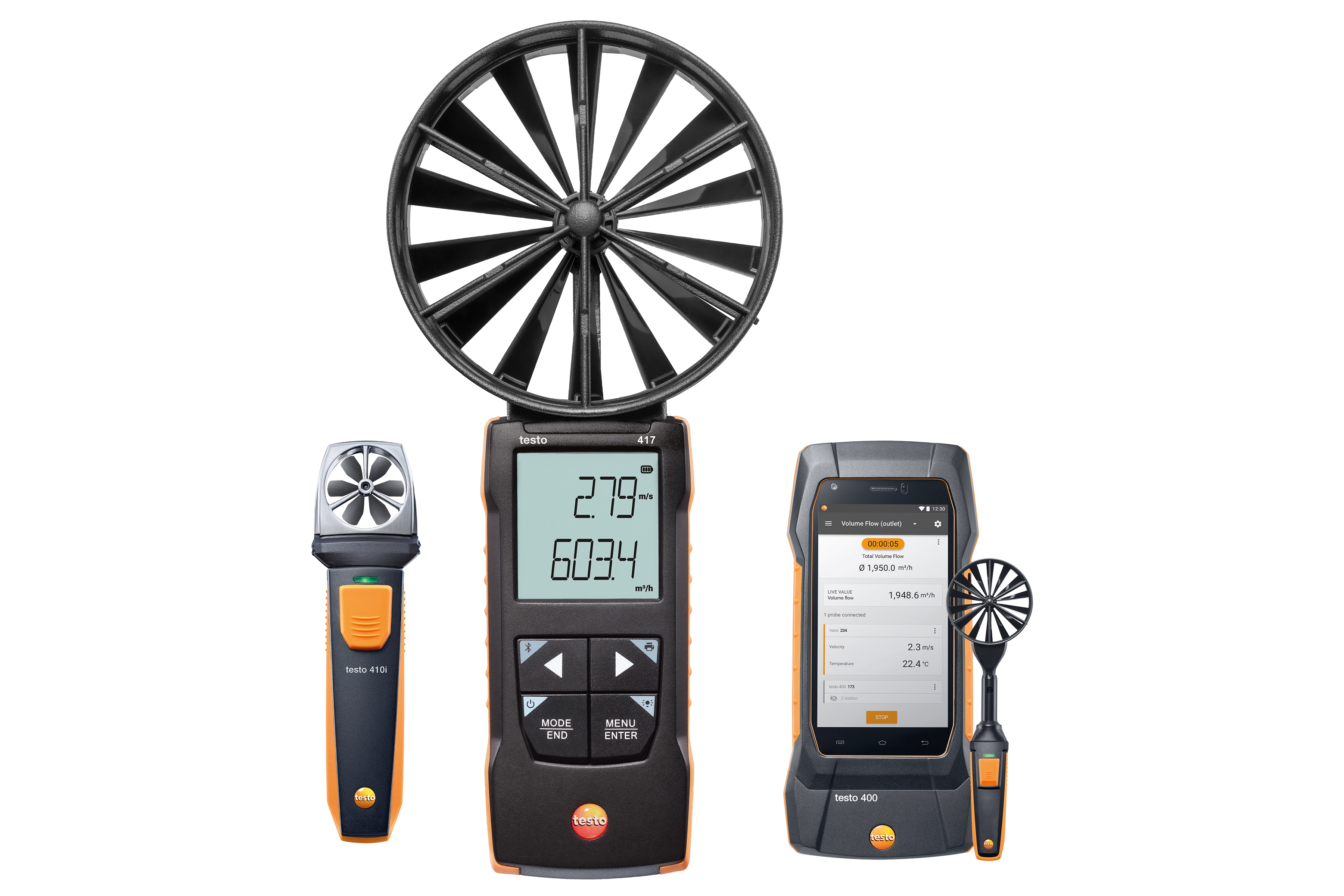Why an Anemometer is Essential for Your Environmental Data Collection
Why an Anemometer is Essential for Your Environmental Data Collection
Blog Article
Exploring the Functions and Advantages of Anemometers for Climate Enthusiasts and Experts
From cup anemometers to sonic anemometers, each kind brings its special set of applications and benefits, shedding light on different aspects of atmospheric conditions. As we dive right into the functions and advantages of anemometers, a deeper understanding arises not only of dominating climate phenomena yet likewise of the broader effects for markets like wind energy manufacturing and environmental study.
Relevance of Anemometers in Weather Condition Surveillance
Anemometers play a critical duty in weather condition monitoring by providing exact measurements of wind speed, aiding in projecting and understanding climate patterns. These tools, varying from typical mug anemometers to contemporary ultrasonic anemometers, are crucial for meteorologists, researchers, and weather condition enthusiasts alike. By measuring wind speed, anemometers assist in establishing the intensity of weather condition sensations such as typhoons, hurricanes, and tornados. In addition, they provide important data for aeronautics, maritime procedures, and various industries that are sensitive to wind problems.

Kinds Of Anemometers and Their Applications
The most usual types of anemometers consist of cup anemometers, vane anemometers, hot-wire anemometers, and ultrasonic anemometers. Mug anemometers consist of 3 or four mugs mounted on straight arms that rotate with the wind, determining its rate. Vane anemometers, on the other hand, make use of an easily rotating vane to line up with the wind instructions, offering both wind rate and direction dimensions.
Each kind of anemometer has its one-of-a-kind advantages and applications. Mug anemometers are durable and appropriate for basic weather monitoring, while vane anemometers are preferred for directional dimensions. Hot-wire anemometers are sensitive to low air rates, making them perfect for interior settings. Ultrasonic anemometers are non-intrusive and provide high accuracy, typically made use of in research and specialized weather condition surveillance applications. Comprehending the features and applications of each sort of anemometer is essential for picking the most suitable tool for details weather checking needs.
Advantages of Using Anemometers in Forecasting
In weather forecasting, the application of anemometers supplies invaluable advantages for boosting the precision of climate projecting. Anemometers gauge wind rate and direction, offering important data for predicting weather condition patterns. By integrating wind information into forecasting models, meteorologists can better understand the activity of weather systems, anticipate changes in climatic conditions, and issue more precise forecasts.
Furthermore, this link anemometers play an important duty in assessing potential weather risks. Keeping an eye on wind speeds aids forecasters forecast serious weather occasions such as cyclones, tornadoes, and wintertime storms with better precision. This early caution system allows authorities to provide timely notifies and execute necessary precaution, minimizing the threats to life and property.
In addition, anemometers assist in enhancing eco-friendly energy manufacturing. By evaluating wind patterns, meteorologists can recognize suitable places for wind ranches and predict energy result, adding to the effective generation of wind power.

Anemometers in Wind Energy Production
Provided the critical role anemometers play in supplying exact i was reading this wind information for climate forecasting and risk evaluation, their value extends to the realm of wind energy manufacturing. Anemometers are essential instruments in the field of wind energy, where the measurement of wind rate and direction is vital for figuring out the feasibility and effectiveness of wind generator installations. By precisely measuring wind speeds at differing elevations, anemometers aid optimize the placement and layout of wind turbines to make best use of power outcome.
In wind farms, anemometers are tactically put to gather real-time wind data that is utilized to evaluate the prospective energy production of a site. This information contributes in determining the financial stability of wind power jobs and in forecasting energy generation to ensure grid stability. Additionally, anemometers aid in monitoring wind problems to optimize wind turbine performance, stop damage from high winds, and make sure the safety and security of personnel operating in the vicinity of wind generators.
Enhancing Climate Recognizing With Anemometers

Anemometers play a vital duty in boosting our understanding of microclimates. These local weather condition conditions can vary considerably from broader local projections, making it important to have precise data for particular areas. anemometer. By purposefully positioning anemometers in different locations, researchers can gather in-depth info on how wind acts in various terrains, urban settings, or bodies of water
Additionally, anemometers add to enhancing weather projecting designs by providing real-time data on wind actions. This info is especially valuable for forecasting serious weather condition events, maximizing farming methods, and supporting sectors like aeronautics and maritime navigation. Overall, anemometers are important instruments that enable us to dive much deeper right into the intricacies of weather condition systems, ultimately leading to even more exact predictions and better-informed decisions.
Conclusion
Finally, anemometers play a crucial duty in weather tracking and projecting by measuring wind speed and instructions. They are vital devices used by climate enthusiasts and experts to gather exact data for anticipating climate patterns and examining possible impacts. Anemometers likewise have applications in wind power production, additional highlighting their value in both meteorology page and renewable resource sectors. In general, anemometers add to enhancing our understanding of weather sensations and boosting projecting capabilities. anemometer.
From cup anemometers to sonic anemometers, each kind brings its special set of advantages and applications, shedding light on different elements of atmospheric conditions. These tools, varying from standard mug anemometers to modern ultrasonic anemometers, are crucial for meteorologists, scientists, and weather condition lovers alike. The most common kinds of anemometers include cup anemometers, vane anemometers, hot-wire anemometers, and ultrasonic anemometers. Cup anemometers are durable and ideal for basic weather condition surveillance, while vane anemometers are preferred for directional measurements. Anemometers are crucial instruments in the field of wind power, where the measurement of wind speed and direction is critical for figuring out the expediency and effectiveness of wind turbine installations.
Report this page